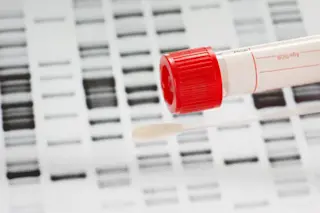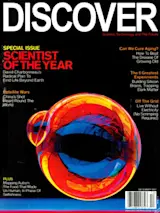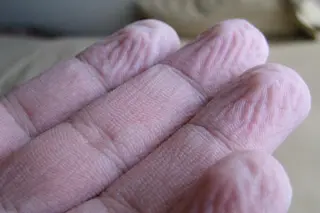The deeper we look into the genetic code, the more surprises we find. The first complete maps of the human genome turned up far fewer genes than expected (30,000 versus the anticipated 80,000 to 140,000). Then scientists found that so-called junk DNA—stretches of genetic material that don’t code for any protein—is not junk at all but has a powerful, mysterious regulatory role. And now a study of fruit flies has turned up startling evidence of interspecies invasion: the entire genome of a bacterial parasite lodged in the DNA of an unsuspecting fruit fly species, where it will be passed on through the fly’s reproductive system to the next generation, just like the fly’s own genes.
For decades much of the bacterial DNA found in complex organisms during genome mapping was thought to be due to contamination, and many results were tossed out on that basis. With this finding, reported by ...















